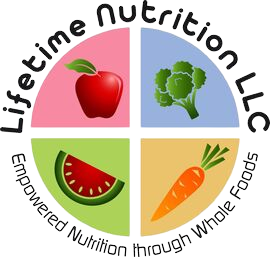|
You go to the supermarket once a week for food. Once inside you are bombarded with marketing claims. I’m not talking about the seals like Certified organic, or Non Gmo verified. These are important to look for and pay attention to. I’m talking about the signs you see in the aisle in front of the food. They’ll say things like PALEO, VEGAN, NON GMO (even when the crop was never genetically modified in the first place). Really anything customers are looking for; a sign will go up in front of a product. Oh look at me, I’m LOW FAT! I’m in Whole Foods a couple of weeks ago in the sauce aisle and I see two signs. One says VEGAN, the other says PALEO. I’m intrigued because I wouldn’t think there is a difference aside from the packaging. Although in the Paleolithic period they probably didn’t have tomatoes because that’s a modern agriculture food and they certainly would not have had cans or glass to put the tomatoes in; but tomatoes seem to be on the Paleo food list possibly because no one really knows exactly what Paleolithic people ate, it’s just one big guess. So I have two items right next to each other both seemingly the same but they are being marketed differently. Why are they being marketed differently? To appeal to the different trends! Don’t fall for it! Although they are all tomato sauces, they are not created equal. Let’s take a look:
Do you see the difference?
You can’t really tell much from the nutrition facts as far as what is inside, But here is a big difference you can see: the serving size is smaller for the PALEO one but is still much higher in sodium than the other two. Everything else when adjusting for the serving size would work out about the same. Let’s look at the ingredients; the one marketed as PALEO has added sugar which is not allowed and citric acid which is a food additive also not allowed on the diet. So since tomato is allowed on the PALEO diet, sauce would be too so either of the two marked VEGAN would fit the PALEO bill, but not the one that was actually being marketed as PALEO! Crazy right? So don’t pay attention to the signs marketing what product to buy, turn the product around and look at the ingredients list, compare them to other similar products and then make your decision!
0 Comments
Leave a Reply. |
AuthorKerri Ferraioli Archives
March 2023
Categories |

 RSS Feed
RSS Feed